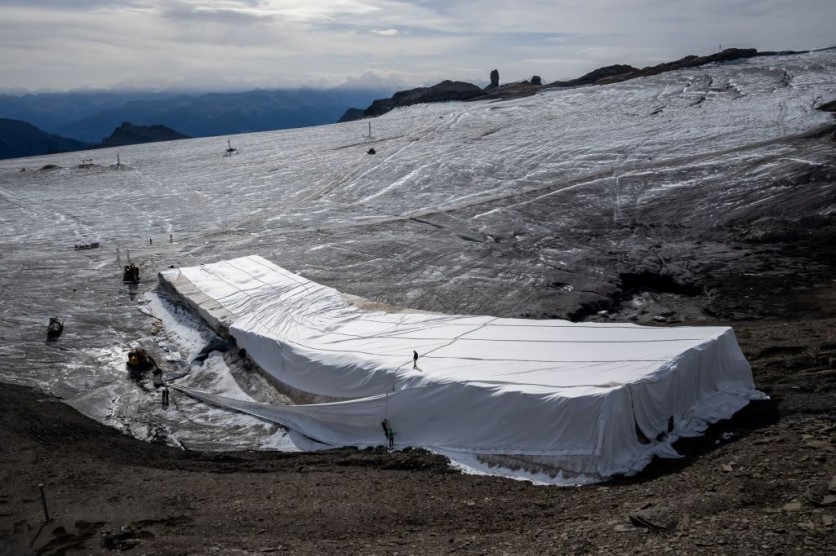Glaciers have been found to move faster along Antarctica's coastline in the summer due to warming ocean waters and melting snow, according to researchers.
The glaciers move at a rate of about one kilometer per year on average. However, a recent study discovered a seasonal change in the ice flow's speed, which increased by up to 22% in the summer when temperatures were higher.
This sheds light on how glacier behavior and its potential contribution to sea level rise may be impacted by climate change.

Rate of Movement
New information about the glaciers' rate of movement and the pace at which they are losing water to the surrounding ocean is becoming available from space due to advancements in satellite technology.
The world's largest frozen water reserve is located on the Antarctic Peninsula. It is projected that glacier meltwater raised sea levels worldwide by 7.6 millimeters between 1992 and 2017. How this may change is an unknown factor in modeling climate change.
More than 10,000 satellite photos of the Antarctic Peninsula, collected between 2014 and 2021, were used by a team led by researchers at the University of Leeds to understand better how the flow of glaciers into the oceans surrounding the Antarctic varies as the climate changes.
"One of the important findings of this study is that it reveals how sensitive glaciers in Antarctica are to the environment," Ben Wallis, first author of the study, said in a press release statement.
"We have known for a long time that glaciers in Greenland have a seasonal behavior, but it is only now that satellite data has shown similar behavior in Antarctica."
Satellite Data Analysis
The glacier speeds rapidly throughout the summer when the snow melts and the temperature of the Southern Ocean rises, according to satellite data analysis. The water created by snowmelt is believed to work as a lubricant between the ice sheet and the rock beneath.
As a result, there is less friction, and the glaciers slide more quickly.
The Southern Ocean's warmer temperatures also cause the advancing ice's front to disintegrate, which lessens the buttressing forces it generates to thwart the ice flow.
The entire Antarctica coastline is monitored once a week by the Copernicus Sentinel-1 satellite, which the European Space Agency and European Commission operate.
The synthetic aperture radar on the satellite allows it to see through clouds, allowing for day and night studies of glaciers.
The findings of the research team were published in the journal Nature Geoscience.
Related Article : This Montreal Tech Company is Producing Concrete Blocks that Remove Carbon Dioxide from the Atmosphere

ⓒ 2026 TECHTIMES.com All rights reserved. Do not reproduce without permission.




